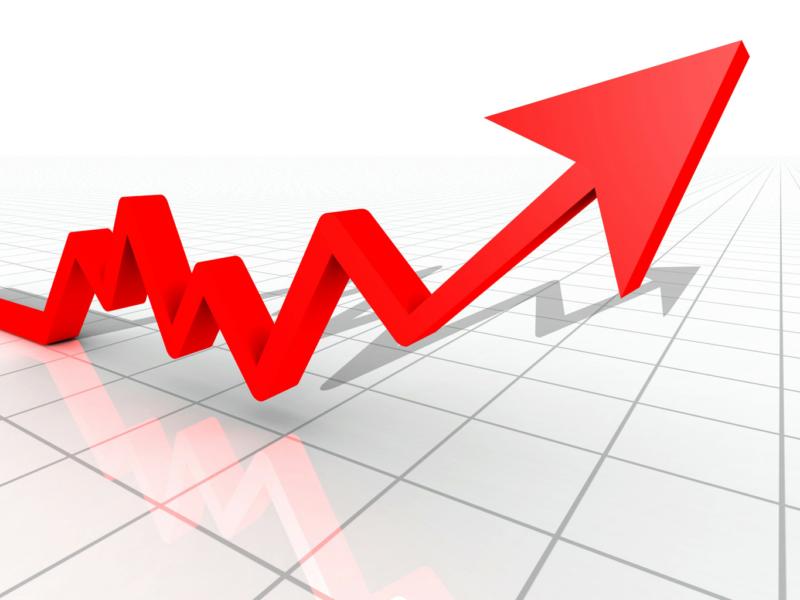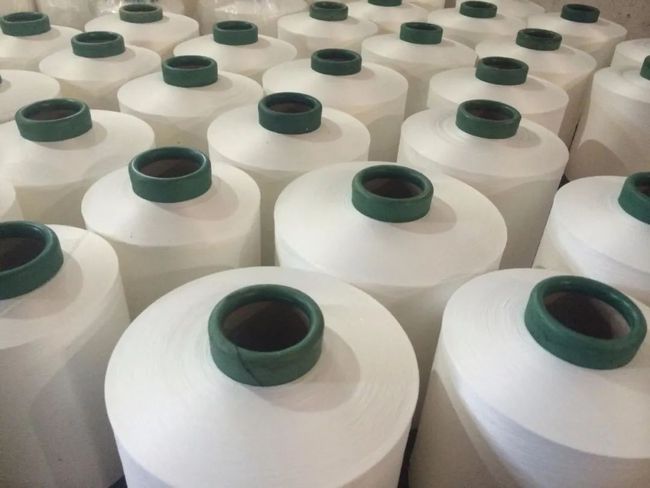Since the second half of last year, affected by factors such as capacity reduction and tight international relations, the price of raw materials has soared. After the Chinese new year, the “price increase” surged again, with an increase of more than 50%…from the upstream “price increase” The pressure of “tide” is transmitted to downstream industries and has different degrees of impact. The quotations of raw materials such as cotton, cotton yarn, and polyester staple fiber in the textile industry have risen sharply. The prices are as if they are on a vertical ladder. The entire textile trade circle is full of price increase notices. We believes that the pressure of rising prices of cotton, cotton yarn, polyester-cotton yarn, etc. is likely to be shared by cloth factories, clothing companies (or foreign trade companies), purchasers (including foreign brand companies, retailers) and other parties. The substantial price increase in a certain link alone cannot be solved, and all parties in the terminal need to make concessions. According to the analysis of many people in the upper, middle and lower reaches of the industry chain, the price hikes of various raw materials in this round have risen rapidly and lasted for a long time. Some raw materials that have risen violently are even “time-based”, reaching the high frequency of price adjustments in the morning and afternoon. . It is predicted that this round of price hikes of various raw materials is a systematic price increase in the industry chain, accompanied by insufficient supply of raw materials upstream and high prices, which may continue for a period of time.
Spandex prices rose by nearly 80%
After the long Spring Festival holiday, the price of spandex continued to rise. According to the latest price monitoring Information, the latest price of 55,000 yuan/ton to 57,000 yuan/ton on February 22, the price of spandex rose nearly 30% during the month, and relative to the low price in August 2020, the price of spandex has risen Nearly 80%. According to the analysis of relevant experts, the price of spandex began to rise in August last year, mainly due to the large-scale increase in downstream demand, and the low inventory of production enterprises in general, and the supply of products was in short supply. Moreover, the price of PTMEG, the raw material for spandex production, has also risen sharply after the Spring Festival. The current price per ton has exceeded 26,000 yuan, which has stimulated the price increase of spandex to a certain extent. Spandex is a highly elastic fiber with high elongation and good fatigue resistance. It is widely used in textiles and garments. In the second half of the year, a large number of overseas textile orders were transferred to China, which constituted a significant boost to the domestic spandex industry. The strong demand has driven the price of spandex to soar this round.
Currently, spandex enterprises have started construction under high load, but the short-term supply of spandex products is still difficult to alleviate. Some of The leading Chinese spandex companies are all preparing to build new production capacity, but these new production capacities cannot be started in the short term. Construction will start around the end of 2021. Experts said that in addition to the supply and demand relationship, the price increase of upstream raw materials has promoted the price increase of spandex to a certain extent. The direct raw material of spandex is PTMEG. The price has increased by about 20% since February. The latest offer has reached 26,000 yuan/ton. This is a chain reaction formed by the upstream BDO price increase. On February 23, the latest BDO offer was 26,000 yuan. /Ton, an increase of 10.64% over the previous day. Affected by this, the prices of PTMEG and spandex cannot be stopped.
Cotton rose by 20.27%
As of February 25, the domestic price of 3218B was 16,558 yuan/ton, an increase of 446 yuan in just five days. The recent rapid increase in prices is due to the improvement of the macro market atmosphere. After the epidemic in the United States is under control, the economic stimulus is expected to rebound, the price of US cotton has risen, and downstream demand has boosted. Due to the positive supply and demand report in February, US cotton export sales remained strong and global cotton demand resumed, US cotton prices continued to rise. On the other hand, textile enterprises started operations earlier this year and another round of replenishment after the Spring Festival has accelerated the demand for orders. At the same time, the prices of many textile raw materials such as polyester staple fiber, nylon and spandex in the domestic market have risen, which has contributed to the increase in cotton prices. Internationally, the U.S. cotton production in 2020/21 will be significantly reduced. According to the latest USDA report, U.S. cotton production this year decreased by nearly 1.08 million tons compared with the previous year to 3.256 million tons. The USDA Outlook Forum significantly increased global cotton consumption and total production in 2021/22, and also significantly reduced global cotton ending stocks. Among them, the demand for cotton in major textile countries such as China and India was raised again. The U.S. Department of Agriculture will release the official cotton planting area on March 31. Brazil’s cotton planting progress is lagging behind, and production forecasts are lowered. India’s cotton production is expected to be 28.5 million bales, a year-on-year decrease of 500,000 bales, China’s production of 27.5 million bales, a year-on-year decrease of 1.5 million bales, Pakistan’s production of 5.8 million bales, an increase of 1.3 million bales, and West Africa’s production of 5.3 million bales, an increase of 500,000 bales. .
In terms of futures, ICE cotton futures rose to the highest level in more than two and a half years. Factors such as continued improvement in demand, land competition for grain and cotton, and optimism in the external market continued to trigger speculation. On February 25, Zheng Mian’s main contract 2105 broke through a high of 17,000 yuan/ton. The domestic cotton market is in a phase of gradual recovery, and the downstream enthusiasm for receiving offers is not high. The main reason is that the offer price of cotton resources has increased significantly and the yarn companies themselves have available pre-holiday reserves. It is expected that market transactions will gradually return to normal after the Lantern Festival. Since mid-February, cotton yarns in Jiangsu, Henan, and Shandong have increased at 500-1000 yuan/ton, and high-count carded and combed cotton yarns of 50S and above have generally increased at 1000-1300 yuan/ton. At present, domestic cotton textile factories, The resumption rate of fabrics and clothing enterprises has returned to 80-90%, and a few yarn mills have begun to inquire and purchase raw materials such as cotton and polyester staple fiber. With the arrival of domestic and foreign trade orders from March to April, there are still some contracts that need to be rushed before the holiday. Supported by the external market and fundamentals, ICE and Zheng Mian resonated. Downstream weaving and fabric companies and garment factories are expected to purchase from the end of February to early March. The quotations of cotton yarn and polyester-cotton yarn have risen sharply. The pressure of cost growth needs to be accelerated to downstream terminals.
Business analysts believe that domestic cotton prices have been rising all the way in the context of multiple positives. As the peak season for the domestic textile industry is coming, the market is generally optimistic about the market outlook, but it is also necessary to beware of the impact of the new crown and the pressure brought by the enthusiasm for the market to chase the rise.
The price of polyester yarn is soaring
Only a few days after the opening of the holiday, the price of polyester filaments has soared. Due to the impact of the new coronary pneumonia epidemic, starting from February 2020, the price of polyester filament began to plummet, and fell to the bottom on April 20. Since then, it has been fluctuating at a low level and has been hovering at the lowest price in history for a long time. Starting from the second half of 2020, due to “import inflation”, the prices of various raw materials in the textile market have begun to rise. Polyester filaments have risen by more than 1,000 yuan/ton, viscose staple fibers have risen by 1,000 yuan/ton, and acrylic staple fibers have risen. 400 yuan/ton. According to incomplete statistics, since February, due to the continuous increase in upstream raw material prices, nearly a hundred companies collectively announced price increases, involving dozens of chemical fiber raw materials such as viscose, polyester yarn, spandex, nylon, and dyes. As of February 20 this year, polyester filament yarns have rebounded to near the low point of 2019. If the rebound continues, it will reach the normal price of polyester yarn in previous years.
Judging from the current quotations of PTA and MEG, the main raw materials of polyester yarns, under the background that international oil prices return to 60 US dollars, there is still room for future quotations of PTA and MEG. It can be judged from this that the price of polyester silk still has the possibility of rising.
Post time: Feb-28-2021





